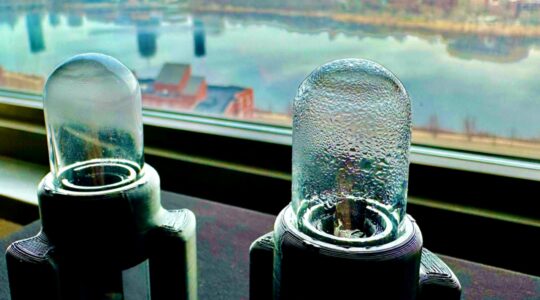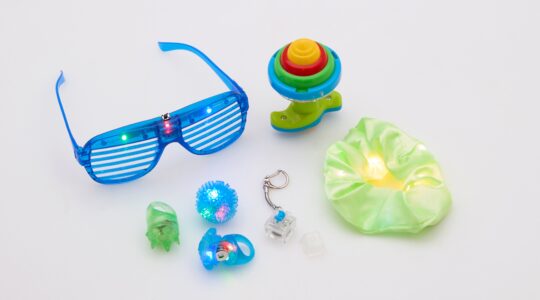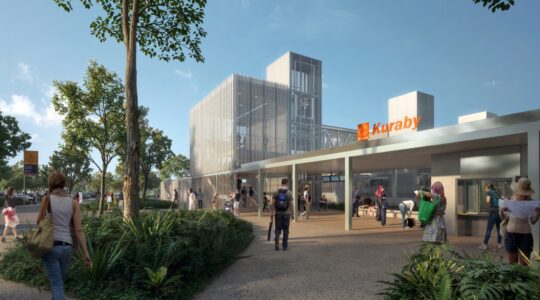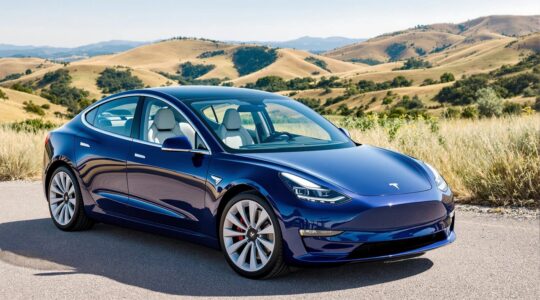Global drinking habits are changing with young people in particular trending towards non-alcoholic alternatives.
A report in the Financial Times this week said that 39 percent of British 18 to 24-year-olds did not drink any alcohol.
There was also a rise in “zebra striping” which involved young people alternating between alcoholic and non-alcoholic drinks when they went to a hotel.
In Australia, the National Drug Strategy Household Survey 2022–2023, released earlier this year, found that the proportion of 18 to 24-year-olds who drank alcohol monthly decreased from 34 percent to 29 percent over the past decade.
“The long-term increases in the proportion of young people who did not drink any alcohol or did so infrequently continued in 2022–2023,” the report said.
“One in five drank alcohol less often than monthly (up from 13.6 percent in 2001) and 16.3 percent had never had a full glass of alcohol (up from 7.5 percent in 2001).”
ANZ’s Food For Thought Report, released last month, also pointed to a growth in zero-alcohol beverages, something it described as a “major structural shift” in Australian drinking habits.
The report said zero alcohol beer sales were projected to almost double by 2028.
ANZ Head of Diversified Industries, Sara McCluskey said an increasing number of Australians preferred beverages that aligned with their “health-conscious and performance-oriented lifestyles”.
“This has been particularly notable in more young people drinking a lot less alcohol than in past years but is also similarly reflected across most age demographics, especially in declining sales of full-strength beer,” she said.
“Non-alcoholic beer continues to be the fastest growing beverage in the alcohol sector, non-alcoholic beer accounting for 45 percent of total non-alcoholic beverage sales in Australia in 2023, as well as accounting for around 10 percent of all beer sales.”
Globally, the market for non-alcoholic beverages had expanded “remarkably”. In 2022, the global market was valued at around US$22 billion, with growth forecast at almost eight percent annually, to reach around US$43 billion by 2027.
This came as the American Association of Cancer Research released its Cancer Progress Report 2024 last week saying there were growing concerns about the links between alcohol consumption and cancer.
The report said excessive levels of alcohol consumption increased the risk for six different types of cancer: certain types of head and neck cancer, esophageal squamous cell carcinoma, and breast, colorectal, liver, and stomach cancers.
“Unfortunately, awareness about the link between alcohol and cancer is still low,” the report said.
“(This highlights) the need for public messaging campaigns, such as cancer-specific warning labels displayed on alcoholic beverages, along with effective clinical strategies to reduce the burden of alcohol-related cancers.”








